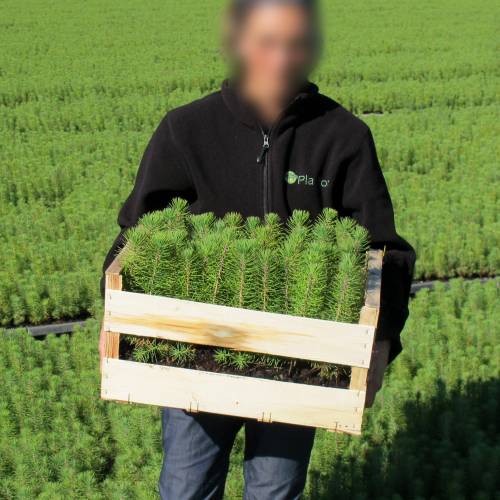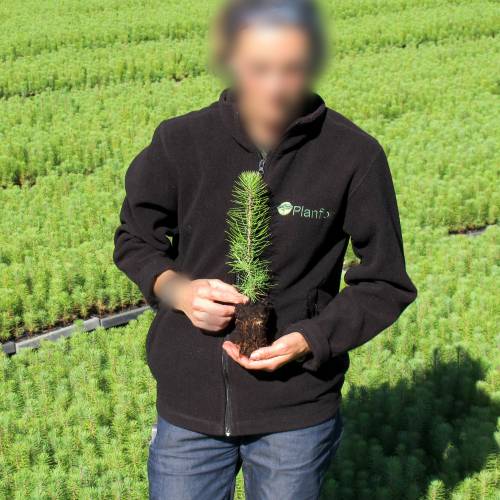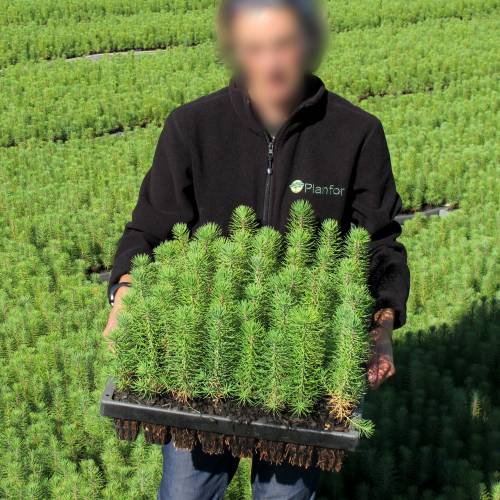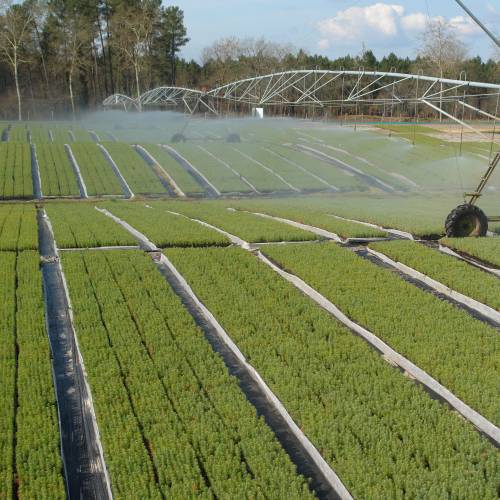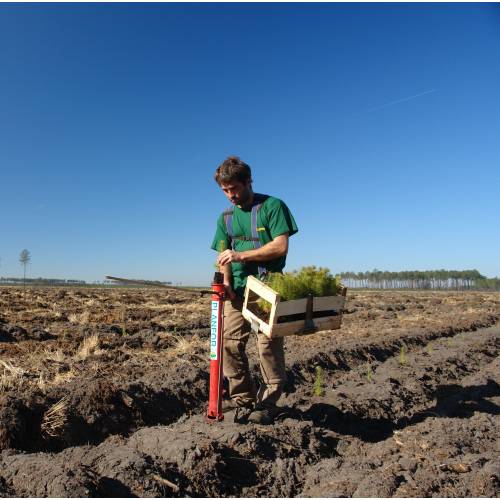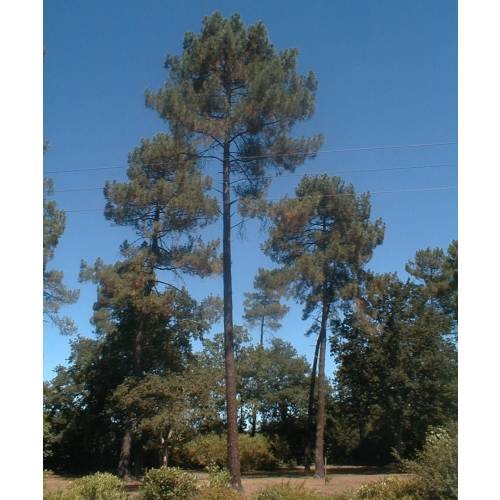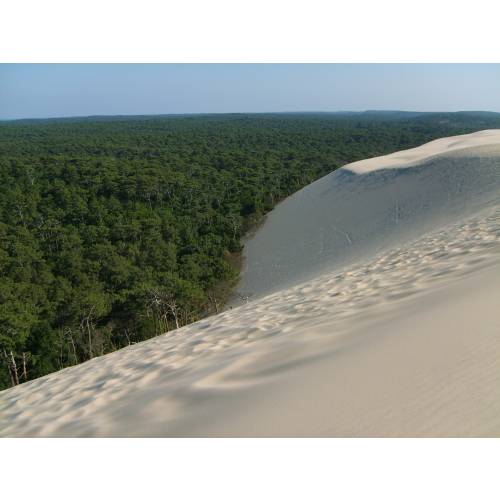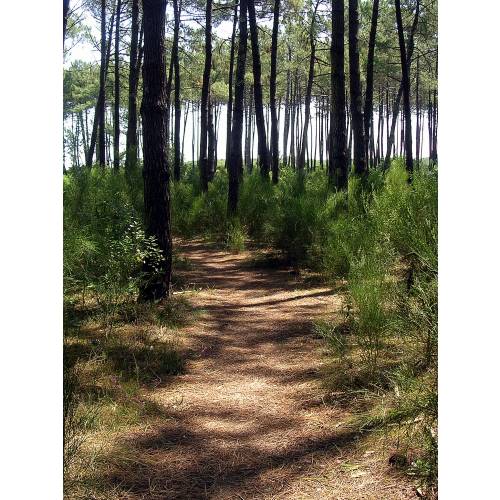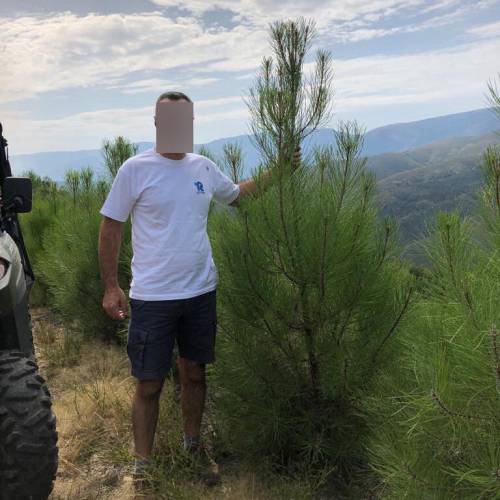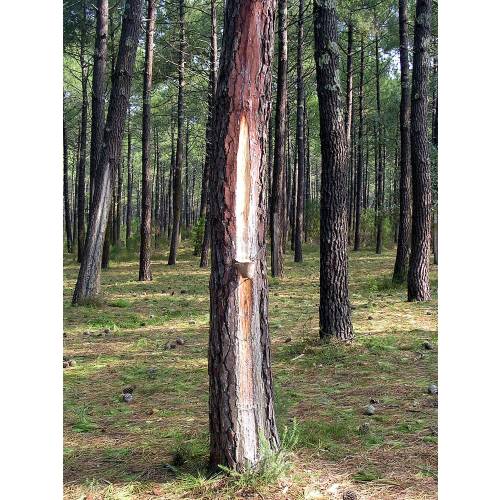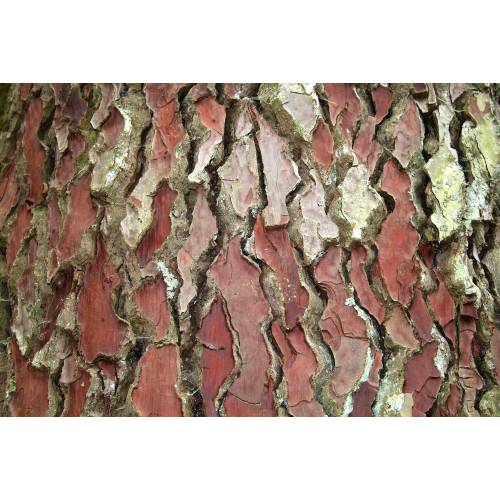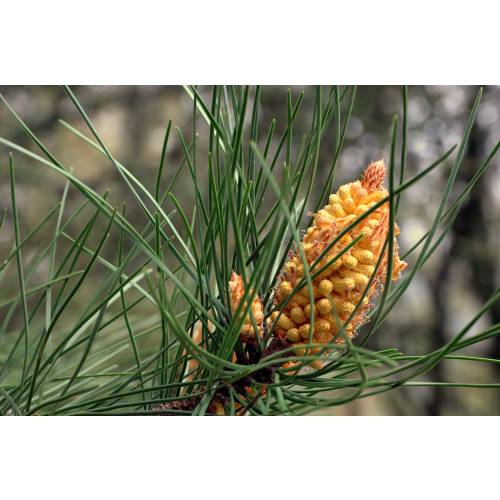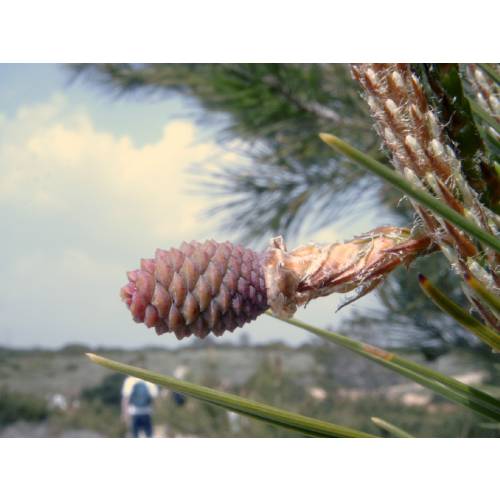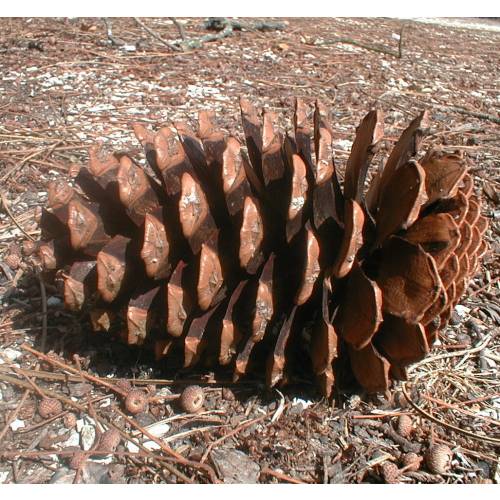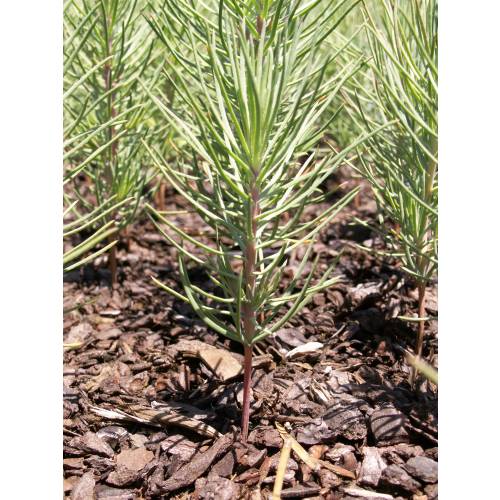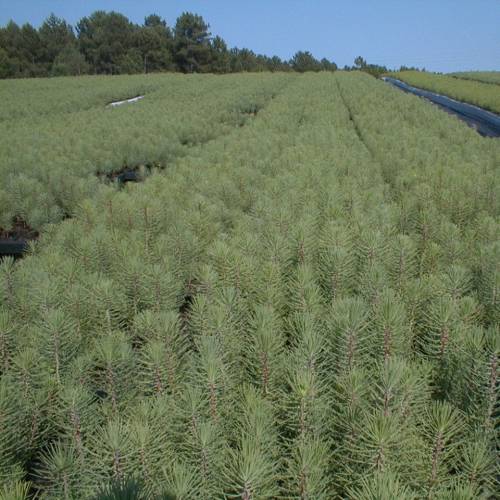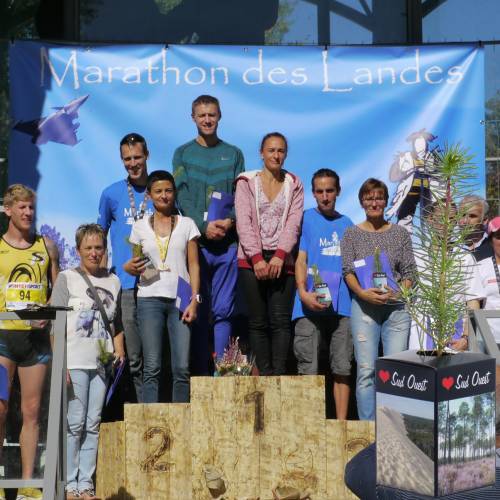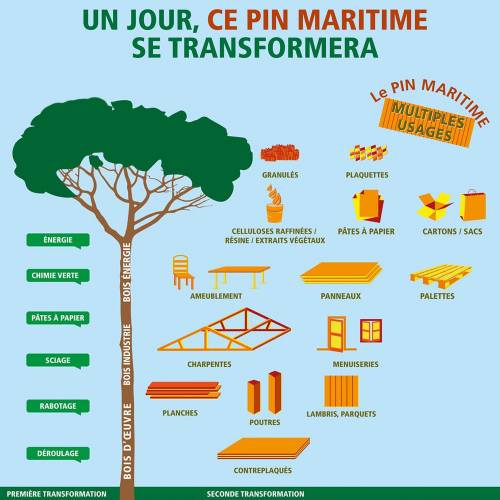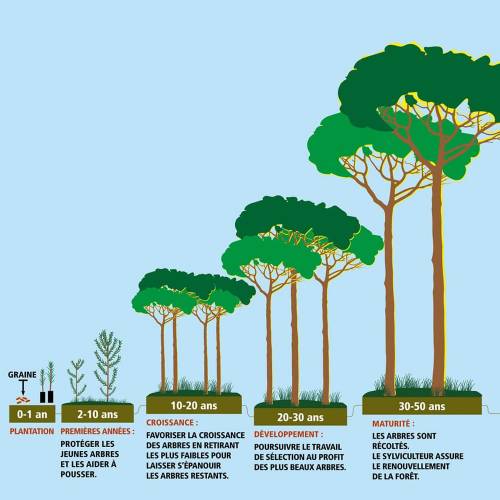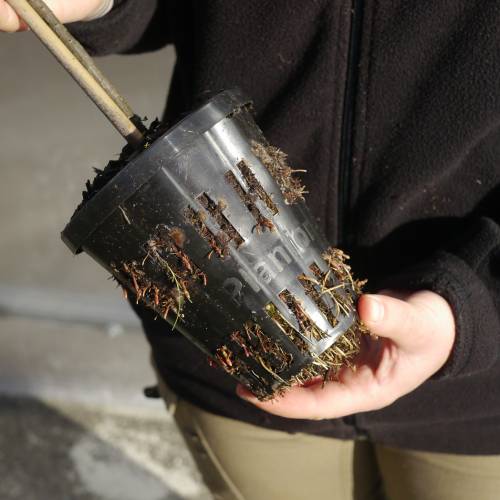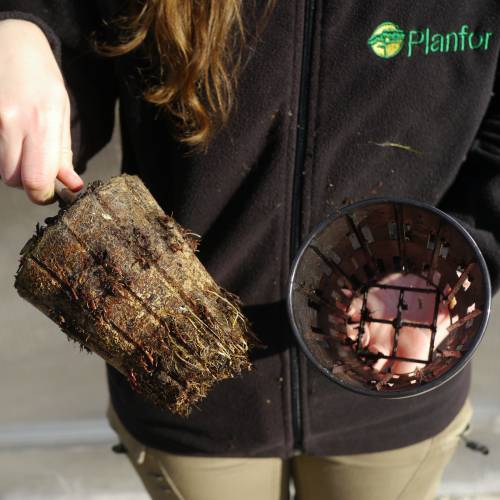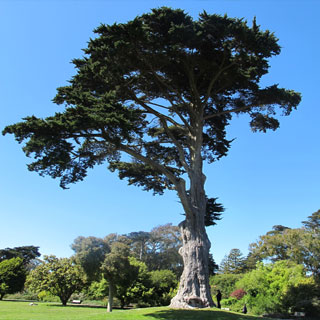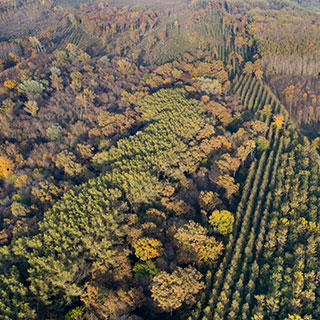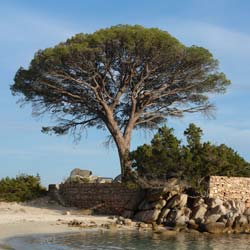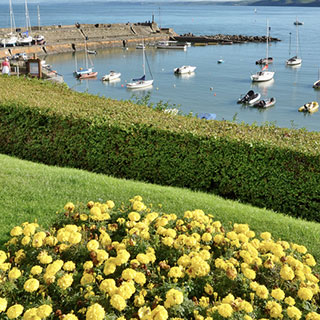
Plants
Pine, maritime / Pinus pinaster
-
58.02 € Maritime pine - Pinus pinaster
73Y001 - Pick up in store ONLY
-
32.18 € Maritime pine - Pinus pinaster
73X001 - Pick up in store ONLY
-
29.54 € Maritime pine - Pinus pinaster
73B - Pick up in store ONLY
-
13.00 € Maritime pine - Pinus pinaster
73N - Available
-
12.43 € Maritime pine - Pinus pinaster
73Z - Available
-
11.39 € Maritime pine - Pinus pinaster
73P - Available
-
10.35 € Maritime pine - Pinus pinaster
73p - Available
-
9.83 € Maritime pine - Pinus pinaster
73pB - Available
-
9.31 € Maritime pine - Pinus pinaster
73pC - Available
-
3.60 € Maritime pine - Pinus pinaster
73J - Available
-
1.95 € Maritime pine - Pinus pinaster
73k - Available
-
1.79 € Special Offer - 50%
73JB - Available
-
1.45 € Maritime pine - Pinus pinaster
73Y002 - Available
-
1.32 € Maritime pine - Pinus pinaster
73Y003 - Available
-
1.19 € Maritime pine - Pinus pinaster
73L - Available
-
1.06 € Maritime pine - Pinus pinaster
73X - Available
-
0.74 € Maritime pine - Pinus pinaster
73q - Available
-
0.54 € Maritime pine - Pinus pinaster
7300E - Available
-
0.42 € Maritime pine - Pinus pinaster
7300C - Available
-
0.33 € Maritime pine - Pinus pinaster
73W - Available
-
Geographical origins: The Atlantic region of Portugal to the North of Brittany, the Mediterranean and North Africa.
Adult dimensions: Height up to 30 m (98,4), width up to 10 m (32,8').
Foliage: Evergreen.
Type of soil: All except lime.
Hardiness: Hardy to -25°C.
Exposure: Full sun.
Properties and uses:
The cultivated forest in the Landes de Gascogne in the south west of France is mainly pin maritime. This tree is the most important cultivated tree in Europe. The Maritime Pine grows rapidly. The wood is used for carpentry, cabinet making, and papermaking. The museum "Graine de Forêt” at Garein in the Landes (www.grainedeforet.fr), is devoted to this tree. It is planted alone in parks. The needles come in pairs.
Plant, or reforest Maritime Pine, Pinus pinaster – Foresters Guide
1) The Maritime Pine (Robinia pseudo-acacia) is it suitable for my land? The Maritime Pine is a genus that likes full sun and grows back easily, quickly settling in open areas (pioneer). It tolerates well the summer drought. It is sensitive to winter cold, needs wet atmosphere and heat during the summer.
As an austere species, the Maritime Pine can grow in podzolic and skeletal shallow soils, in silica soft ground and even acidic soils, but it does not tolerate calcium carbonate. It tolerates water logging in winter.
2) Which planting density for my Maritime Pine plot? (Pinus pinaster)
The planting density is the number of plants planted in one hectare (acre). Here it means determining the initial number of young plants and to choosing their repartition in the available space.
The planting density is defined by the gaps in between the lines as well as the spacing in between each plant on a same line.
It is the basics of the silvicultural path which must lead to a final trees’ population of quality and to the fulfilment of the land’s owner set goals.
Advice: When choosing the density, think about the width of the tool which will allow the maintenance of the gaps in between the lines. The space in between the lines must allow clear passage for a tractor-drawn, maintenance tool.
For the Maritime Pine (Pinus Pinaster):
- The planting represents 80 to 90% of the reforestation.
- Density at beginning, from 1100 to 1400 plants/hectare (4m x 1,8m).
- Use of 6 months old plants.
- It benefits from genetic progress.
- The maintenance is easy and reduced (fast growth, no selection) and the forest is consistent.
3) How to prepare the soil to plant Maritime Pine (Pinus pinaster)?
In Silviculture, working the soil is a key element in the success of planting. The root system of the tree must take rapidly where planted. Whether the work is done mechanically or manually, we recommend working the soil in its depth for optimum planting.
4) How to plant the Maritime Pine (Pinus pinaster)?
a- Receipt, storage and preparation of the plants before planting
- Upon receipt, place the crates side by side, on a flat surface so as there is no air circulation underneath. Choose a shady spot protected from wind;
- Maintain a good humidity level of the plants on the crates placed on the edges,
- Plan for the possibility of watering if planting is delayed or if the plants require water,
- In case of frost, do not handle the plants and if frost is forecasted for several days, place mulch on the edges.
b- Planting
Our team of professional planters use a planting cane to place the earth-balled plants in situ. This ergonomic, light tool allows quality, quicker planting work. It is also possible to carry out a traditional planting work using a pickaxe or a spade
In all case, you must:
- Dig a hole a little bit larger than the earth-ball ;
- Position it well in the hole;
- Cover it entirely;
Finally, the worker will tamp down the soil carefully with its foot. It is forbidden to press strongly or again to heel-butt the plant to avoid crushing the earth-ball and damage the root system of the plant.
Video on planting using a planting cane
Buy Planting cane
5) How to limit weeds on my Maritime Pine plot (Pinus pinaster) ?
During the first years, it is essential to eliminate all self-propagating plants. Not controlled they are going to be in competition with your plants and are going to deprive the young trees of the vital elements they require to grow (water, light and nutritional elements). You must therefore eliminate mechanically this unwanted competition until the trees are big enough to be able to dominate it.
Two types of operations are possible after planting:
Manual clearing around the plants
It is in fact acts often carried out using portable thermic Strimmers or billhooks to clear plants on a line or around the plants themselves.
Mechanical clearing of the space in between the lines
These actions are done using cutters and flail mowers, horizontal or vertical cutters, mounted on mini excavators or tractors. As a result, they cannot be undertaken outside the spaces available between the tree lines (seedlings or plants).
6) How to protect my young False Acacia plants from wildlife (Pinus pinaster) ?
There is a necessity to protect the plot as soon as the population’s density of Cervidae (deer and roe deer in particular) risk leading to significant damage such as undergrowth of the plants or friction of the stems. Sometimes, the setting up of plants’ protection is also necessary as soon as the rodents’ population (rabbits, hares, coypu, voles...) are locally important.
3 types of protections are possible:
- Individual, mechanical Protections ( dissuasive netting, photo-degradable tubes,...)
- Protection by total wire-fencing of the plot,
- Protection by applying a repellent on each plant or on the borders of the plot.
Catalogue Protections against Game

